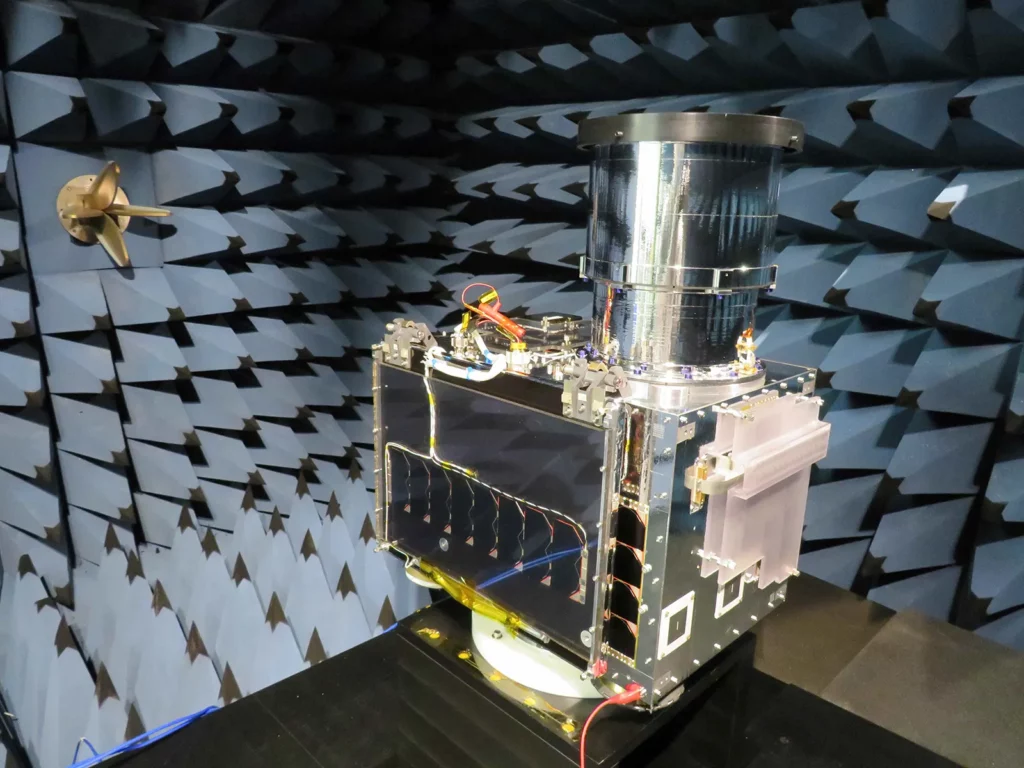What’s Under Development at SFL: High-Latitude Situational Awareness Microsatellites

Enhancing situational awareness is the primary goal of two microsatellite missions now under development at SFL for Canada and Norway. We are nearing completion of the three-satellite Gray Jay formation flying constellation for Defence Research and Development Canada, and the NorSat-4 microsatellite for the Norwegian Space Agency (NOSA).
For both countries, monitoring activities in the harsh environments of high-latitude locations in and around the Arctic Circle are crucial to safeguarding their national resources and interests.
Canada selected SFL for the Gray Jay mission due to the importance of formation flying capabilities that we first demonstrated could be accomplished affordably with the 2014 CanX-4 and -5 nanosatellites. Subsequently, this capability has proved crucial to the success of the commercial HawkEye 360 radio frequency detection constellation now in operation and growing every year.
Built on our space-proven and scalable DEFIANT microsatellite platform, the Gray Jay surveillance demonstration mission will carry multiple sensors for timely detection and identification of surface and airborne targets in Canada’s expansive Arctic region. Close formation of the satellites will ensure accurate identification of targets and precise location of their positions.
NorSat-4, scheduled for launch in 2024, continues a remarkable tradition of launching cutting-edge satellites designed primarily to monitor maritime vessels traveling in the high-latitude territorial waters of Norway. NorSat-4, also built on our DEFIANT microsatellite platform, will be the seventh ship-tracking spacecraft developed by SFL for NOSA.
In fact, SFL built the first nanosatellite, AISSat-1 in 2010, to prove that Automatic Identification System (AIS) signals from ships at sea could be detected in orbit. Since then, Norway has made major advancements in improving marine navigation and safety for vessels traveling in Arctic waters and beyond. Additionally, the NorSat program – through data sharing arrangements – has significantly enhanced the ability of Norway and other nations to detect “dark” ships traveling without their AIS transponders in operation.
Following the NorSat tradition of embracing and demonstrating new technologies, NorSat-4 will carry a low-light imaging sensor in addition to an AIS receiver and other devices. The imager, developed by Safran Reosc of France, will capture images in the low-light conditions of the Arctic for the purposes of detecting and classifying maritime vessels larger than 30 meters in length.

